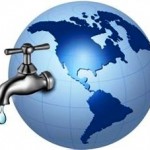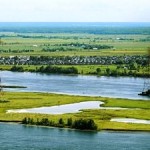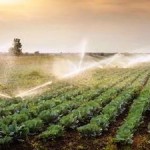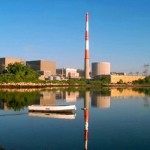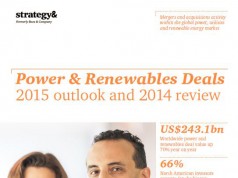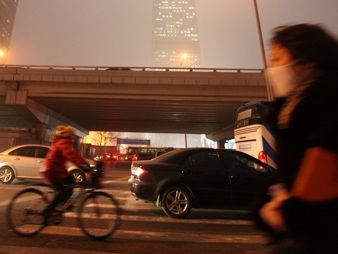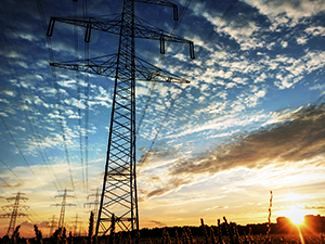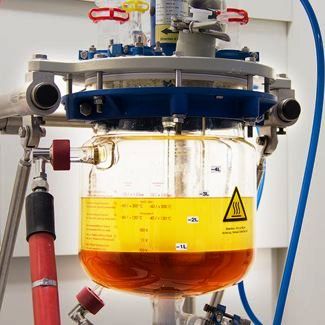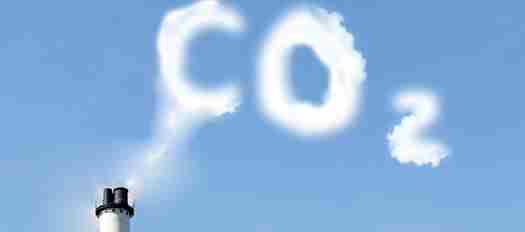Overarching Messages, World Water Day 2014
- Water requires energy and energy requires water.
- Supplies are limited and demand is increasing.
- Saving energy is saving water: saving water is saving energy.
- The “bottom billion” urgently need access to both water and sanitation services, and electricity.
- Improving water and energy efficiency in all sectors is imperative as are coordinated, coherent and concerted policies.
More about the Water -Energy Nexus
Water and energy are closely interlinked and interdependent. These inter-dependencies lie at the heart of what is known as the “water-energy nexus”.
Energy has different forms, and water is crucial to produce, transport, and use all forms of energy to some degree, and these activities have different impacts on water resources. Water is used in the extractive industries to produce fuels such as coal, oil, gas and uranium.
The increasing momentum in the production of biofuels has created a growing demand on water resources; WWDR 2012 predicts that even a nominal increase in biofuel demand (say 5% of road transport by 2030, as predicted by the International Energy Agency) could push up the water demand by as much as 20% of the water used for agriculture worldwide. Conventional energy generation requires the mobilization and utilization of considerable water resources, particularly for cooling for nuclear and thermal energy, and reservoir storage and driving turbines for hydroelectricity. Power generation is particularly sensitive to water availability and several power plants have been forced to shut down due to lack of cooling water or high water temperatures.
In terms of renewable energy, solar power, depending on its type, can use little water (solar photovoltaic) or five times more water per unit energy (concentrated solar power) than a gas-fired thermal power plant or two times more than a coal-fired plant. Wind power uses a negligible amount of water but has other limitations. Geothermal energy has been reported to use and consume less water than other electricity generating technologies, though actual water requirements are variable and dependent on site conditions. While the water is generally re-injected to the reservoir, co-production of water and energy offers interesting opportunities to energy- and water-scarce countries.
On the other side of the nexus, about 8% of the global energy generation is used for pumping, treating, and transporting and water to various consumers. Water, being dense, requires much energy to move it. Globally, the amount of energy used for irrigation is directly related to the huge amounts of water pumped. In addition, water and water treatment processes can require a lot of energy, though this is dependent on the contamination and treatment technology. Moreover, different levels of treatment are required depending on the use. For example, drinking water for municipal systems typically requires extensive treatment and once it becomes wastewater it requires treating again before it can be discharged to the environment.
Growing demand for limited water supplies puts increasing pressure on water intensive energy producers to seek alternative approaches, especially in areas where energy is competing with other major water users (agriculture, manufacturing, drinking water and sanitation services for cities) and where water uses may be restricted to maintain healthy ecosystems. Uncertainties related to the growth and evolution of global energy production (e.g., via growth in unconventional sources of gas and oil, or biofuels) can create significant risks to water resources and other users.
Securing water and energy must be central to the new and emerging agenda around the Sustainable Development Goals and the post-2015 development dialogue. This must also be linked to the design of a resilient climate and robust green economy, as noted in the Section III of the Rio+20 document “The Future We Want”. With industries being major water and energy consumers, a green economy will be contingent to the greening of the industrial sector and that is more resource efficient, and has cleaner production. A particular emphasis has to be placed on increasing the water use efficiency in energy production – essentially producing more kWh per drop of water. This would require a policy environment in which economic and social incentives are offered to promote water use efficiency and protect freshwater ecosystems.
The UN system – working closely with its international partners and donors – is collectively bringing its attention to the water-energy nexus, particularly addressing inequities, especially for the ‘bottom billion’ who live in slums and impoverished rural areas and survive without access to safe drinking water, adequate sanitation, sufficient food, and energy services. It also aims to facilitate the development of policies and crosscutting frameworks that bridge ministries and sectors, leading the way to interlinked energy security and sustainable water use in a green economy. Particular attention is being paid to identifying best practices that can make a water- and energy-efficient ‘Green Industry’ a reality: several methodologies are at play in which industrial productivity can be increased while reducing the water and energy footprints.
The world cannot continue to ignore or escape the strong link between water and energy. They are not independent variables in the world’s economic-ecosystem equation. The goal of WWD is show the positive aspects of that connection and how it may be put to better and more efficient use by the cooperation of all interested and affected parties; that is essentially everyone, as we all need water and energy.

